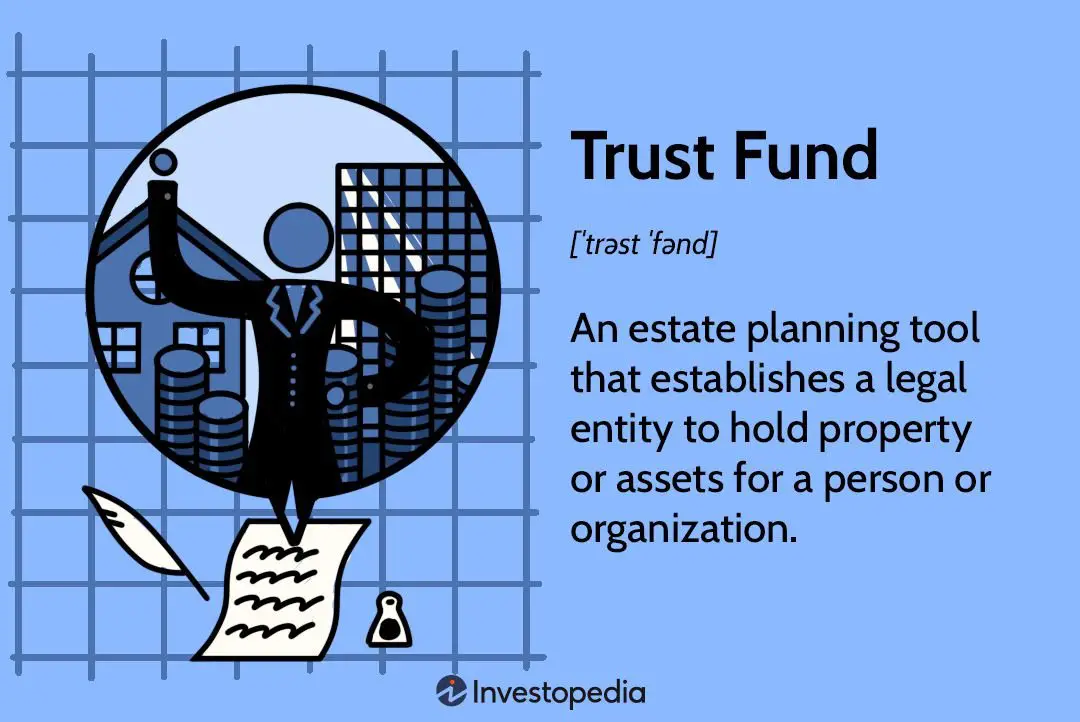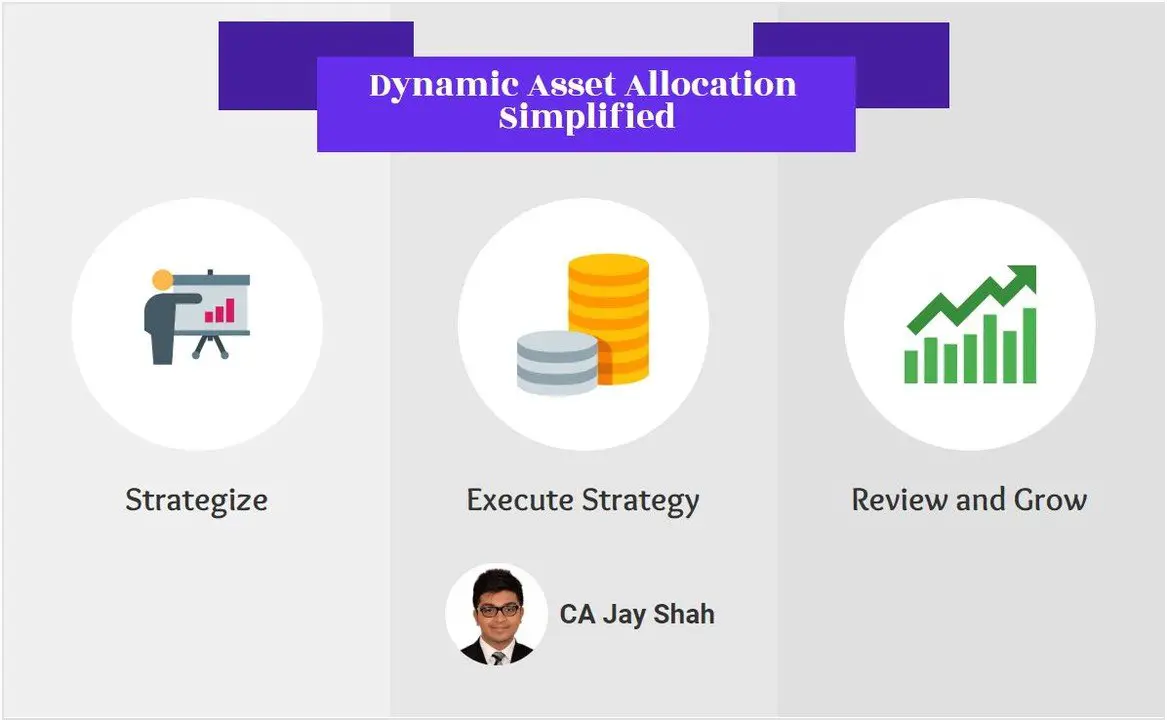Curious about trust funds? Wondering how they work? Look no further! In this article, we’ll dive into the world of trust funds and unravel their mysteries. A trust fund, simply put, is a legal arrangement that allows assets to be held and managed on behalf of a beneficiary. But don’t let the term “legal arrangement” intimidate you. We’ll break down the concept step by step, making it easy to grasp. So if you’re ready to demystify what is a trust fund and how it works, let’s jump right in!
What is a Trust Fund and How Does it Work?
Introduction
A trust fund is a legal entity that holds and manages assets on behalf of a beneficiary or beneficiaries. It is a versatile tool that can be used for various purposes, such as protecting assets, providing for loved ones, or supporting charitable causes. Trust funds have long been associated with the wealthy, but they are not exclusive to the affluent. Individuals from all walks of life can create trust funds to achieve their financial goals while ensuring the protection and preservation of their wealth.
Understanding Trust Funds
Trust funds are established through a legal arrangement known as a trust. A trust is created when a person, known as the grantor or settlor, transfers assets to a trustee, who then holds and manages those assets for the benefit of the beneficiaries. The trust agreement outlines the terms and conditions under which the assets are to be managed and distributed.
Here are the key elements of a trust fund:
Grantor/Settlor
The grantor or settlor is the person who creates the trust fund and transfers their assets into it. The grantor defines the purpose of the trust, establishes the terms and conditions, and appoints a trustee to manage the assets.
Trustee
The trustee is responsible for managing the trust fund’s assets and ensuring that the grantor’s wishes, as outlined in the trust agreement, are carried out. The trustee has a fiduciary duty to act in the best interests of the beneficiaries and must diligently administer the trust.
Beneficiaries
Beneficiaries are the individuals or entities designated to receive the benefits of the trust fund. They can be family members, friends, charitable organizations, or even pets. The trust agreement specifies how and when the beneficiaries will receive distributions from the trust.
Types of Trust Funds
There are several different types of trust funds, each serving a specific purpose. The most common types include:
Revocable Living Trusts
A revocable living trust allows the grantor to retain control over their assets during their lifetime while providing for the seamless transfer of those assets to the beneficiaries upon the grantor’s death. This type of trust can be amended or revoked by the grantor at any time.
Irrevocable Trusts
Unlike a revocable living trust, an irrevocable trust cannot be modified or revoked once it is established. The assets transferred into an irrevocable trust are considered no longer owned by the grantor, providing potential tax advantages and asset protection.
Charitable Trusts
Charitable trusts are created to benefit charitable organizations or causes. They can provide the grantor with tax benefits while supporting philanthropic endeavors. Charitable trusts can be either revocable or irrevocable.
Spendthrift Trusts
A spendthrift trust is designed to protect the beneficiaries from their own poor financial decisions or external creditors. The trust provisions restrict the beneficiaries’ access to the principal, safeguarding the assets from potential creditors or reckless spending.
Special Needs Trusts
Special needs trusts are established to provide for individuals with disabilities without jeopardizing their eligibility for government assistance programs. The trust funds can be used to enhance the beneficiaries’ quality of life while preserving their eligibility for essential benefits.
Creating a Trust Fund
Establishing a trust fund involves several steps. While the process may vary depending on the jurisdiction and the complexity of the trust, here is a general outline:
1. Determine Your Objectives
Before creating a trust fund, it’s important to define your objectives and consider how the trust can help you achieve them. Whether you want to protect assets, provide for loved ones, or support a charitable cause, clarifying your goals will guide the entire process.
2. Choose the Right Type of Trust
Selecting the appropriate type of trust is crucial. Consider your specific needs, the nature of your assets, and the beneficiaries you wish to include. Consulting with an experienced attorney or estate planner can help you make an informed decision.
3. Identify the Trustee
Choosing a trustee is a critical decision. The trustee should be someone you trust, who is capable of managing the assets, and who will act in the best interests of the beneficiaries. It is also possible to appoint a corporate trustee or a professional fiduciary.
4. Draft the Trust Agreement
A trust agreement is a legally binding document that outlines the terms, conditions, and instructions for the trust. It specifies how the assets will be managed, the beneficiaries’ rights, and the trustee’s powers and responsibilities. Working with an attorney is essential to ensure that the trust agreement accurately reflects your intentions.
5. Fund the Trust
To create a trust fund, you need to transfer assets into the trust. This can involve various types of assets, such as cash, real estate, stocks, or business interests. The process of funding the trust may require legal documentation, such as deeds, titles, or stock certificates.
6. Manage and Administer the Trust
Once the trust is established and funded, the trustee takes over the responsibility of managing and administering the trust. This includes investing the assets, making distributions to the beneficiaries according to the trust’s provisions, and ensuring compliance with applicable laws and regulations.
Benefits and Considerations of Trust Funds
Trust funds offer several benefits and considerations that make them an attractive option for individuals and families. Understanding these advantages and potential drawbacks will help you determine whether setting up a trust fund is the right decision for your financial goals.
Benefits of Trust Funds
– Asset protection: Trust funds can shield assets from creditors, lawsuits, and potential financial risks.
– Privacy: Unlike a will, which becomes public record upon the grantor’s death, a trust provides greater privacy and confidentiality.
– Avoidance of probate: Assets held in a trust may bypass the probate process, allowing for more efficient distribution to the beneficiaries.
– Tax advantages: Certain types of trusts offer tax benefits, including estate tax reduction, income tax minimization, and charitable giving deductions.
– Control over asset distribution: Trust funds allow the grantor to specify how and when the assets should be distributed to the beneficiaries, ensuring their intended use.
– Continuity of asset management: Trusts provide a mechanism for seamless asset management and preservation, even after the grantor’s passing.
Considerations of Trust Funds
– Cost: Creating and maintaining a trust fund can involve fees, such as legal and administrative costs. It’s important to consider these expenses in relation to the potential benefits.
– Loss of control: Once assets are transferred into a trust, the grantor relinquishes direct control over them. It is crucial to choose a trustworthy and competent trustee who will act in accordance with the grantor’s wishes.
– Complexity: Trusts can be complex legal instruments, requiring careful planning and professional guidance. Working with an experienced attorney or estate planner is essential to navigate the intricacies of trust creation and administration.
– Time commitment: Trust administration involves ongoing responsibilities, such as asset management, record-keeping, tax reporting, and communication with beneficiaries. The trustee should be prepared to dedicate time and effort to fulfill their duties.
Trust funds are versatile tools that can help individuals achieve a wide range of financial goals. Whether it’s protecting assets, providing for loved ones, or supporting charitable causes, trust funds offer a flexible and efficient way to manage and preserve wealth. By understanding the different types of trusts, the process of creating one, and the benefits and considerations involved, individuals can make informed decisions that align with their specific needs and aspirations. Consulting with a qualified professional is crucial to ensure that the trust fund is structured correctly and serves its intended purpose.
What is a Trust Fund? How Does it Work?
Frequently Asked Questions
Frequently Asked Questions (FAQs)
What is a trust fund and how does it work?
A trust fund is a legal entity that holds and manages assets on behalf of a beneficiary. It is created by a grantor or settlor, who transfers assets into the trust. The trustee, appointed by the grantor, manages the trust fund and follows the guidelines outlined in the trust document to distribute the assets to the beneficiaries.
How is a trust fund different from a will?
A trust fund takes effect during the grantor’s lifetime, while a will becomes effective after their death. Trust funds offer more control and flexibility over the distribution of assets compared to wills, which are subject to probate.
What are the main types of trust funds?
There are various types of trust funds, including revocable trusts, irrevocable trusts, living trusts, charitable trusts, and special needs trusts. Each type serves different purposes and has its own set of rules and benefits.
Who can create a trust fund?
Anyone can create a trust fund as long as they have assets to transfer and the legal capacity to do so. This includes individuals, families, organizations, or even governments.
What are the benefits of a trust fund?
Trust funds offer several benefits, such as asset protection, tax advantages, control over distribution, privacy, and the ability to provide for specific purposes or beneficiaries over an extended period.
How do assets in a trust fund generate income?
Assets in a trust fund can generate income through various means, such as investments, interest from bank accounts, rental income from properties, or dividends from stocks. The trustee is responsible for managing these assets to maximize income while considering the trust’s objectives.
Can the terms of a trust fund be changed?
In some cases, the terms of a trust fund can be changed. Revocable trusts allow the grantor to make changes or revoke the trust entirely, whereas irrevocable trusts have more rigid terms and may require court approval to make changes.
How are trust funds taxed?
Trust funds are subject to specific tax rules. Income generated within the trust is usually taxable, and depending on the type of trust and jurisdiction, various tax rates may apply. It is advisable to consult with a tax professional to better understand the tax implications of a trust fund.
What happens to a trust fund when the grantor passes away?
When the grantor of a trust fund passes away, the assets within the trust are distributed according to the instructions outlined in the trust document. The trustee carries out the distribution process, ensuring it aligns with the grantor’s wishes and any applicable legal requirements.
Final Thoughts
A trust fund is a legal arrangement that enables someone, known as the grantor, to set aside assets for the benefit of another person, known as the beneficiary. The trust fund is managed by a trustee, who has a fiduciary duty to act in the best interests of the beneficiary. Trust funds can be created for a variety of purposes, such as education, healthcare, or charitable giving. The trustee is responsible for investing and managing the funds, ensuring they grow over time. Trust funds offer a reliable way to protect and distribute wealth, as well as provide for future generations. By understanding what a trust fund is and how it works, individuals can make informed decisions about their financial and estate planning.



